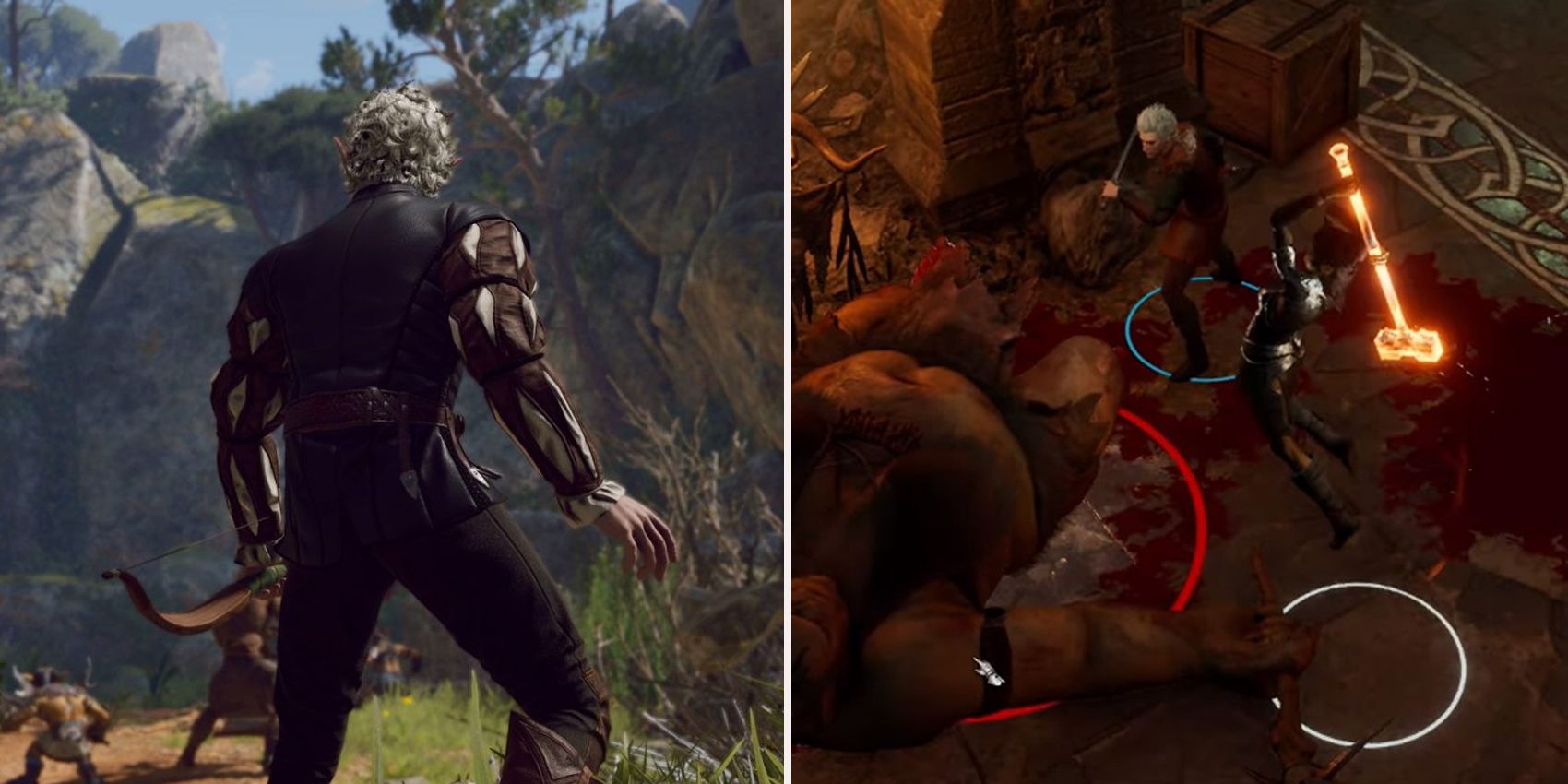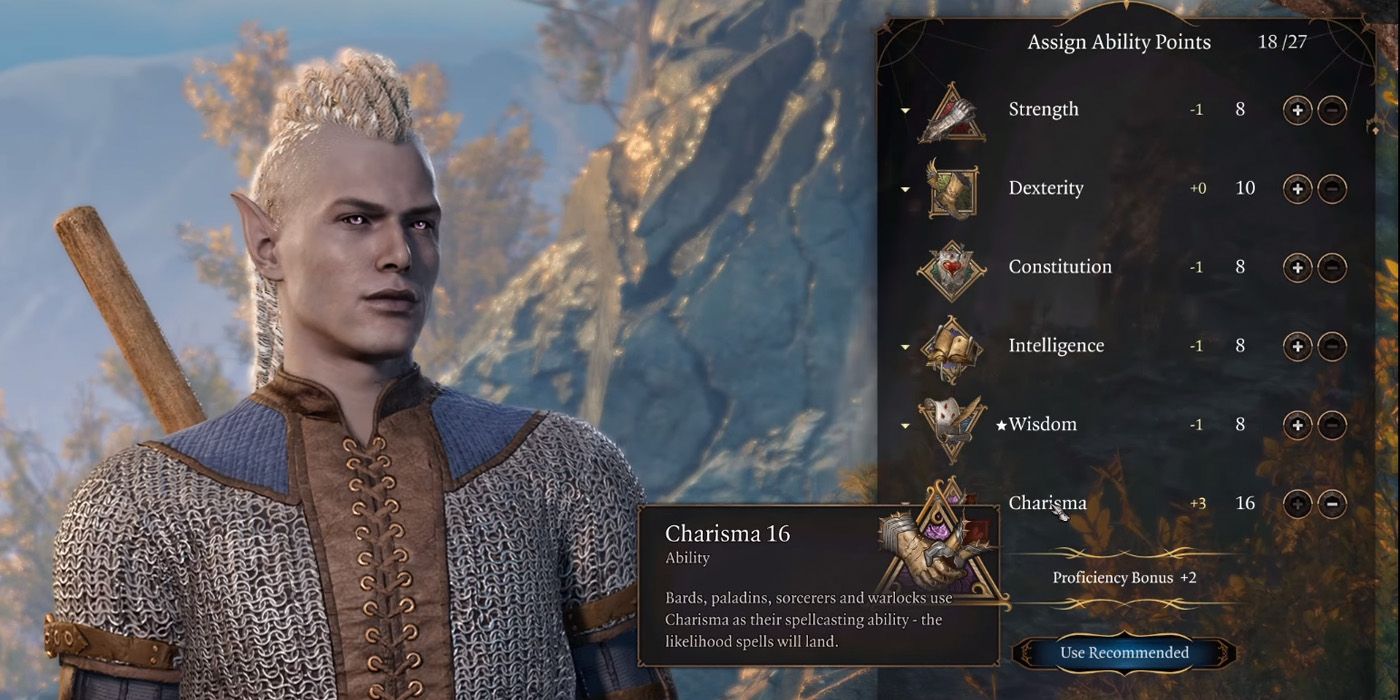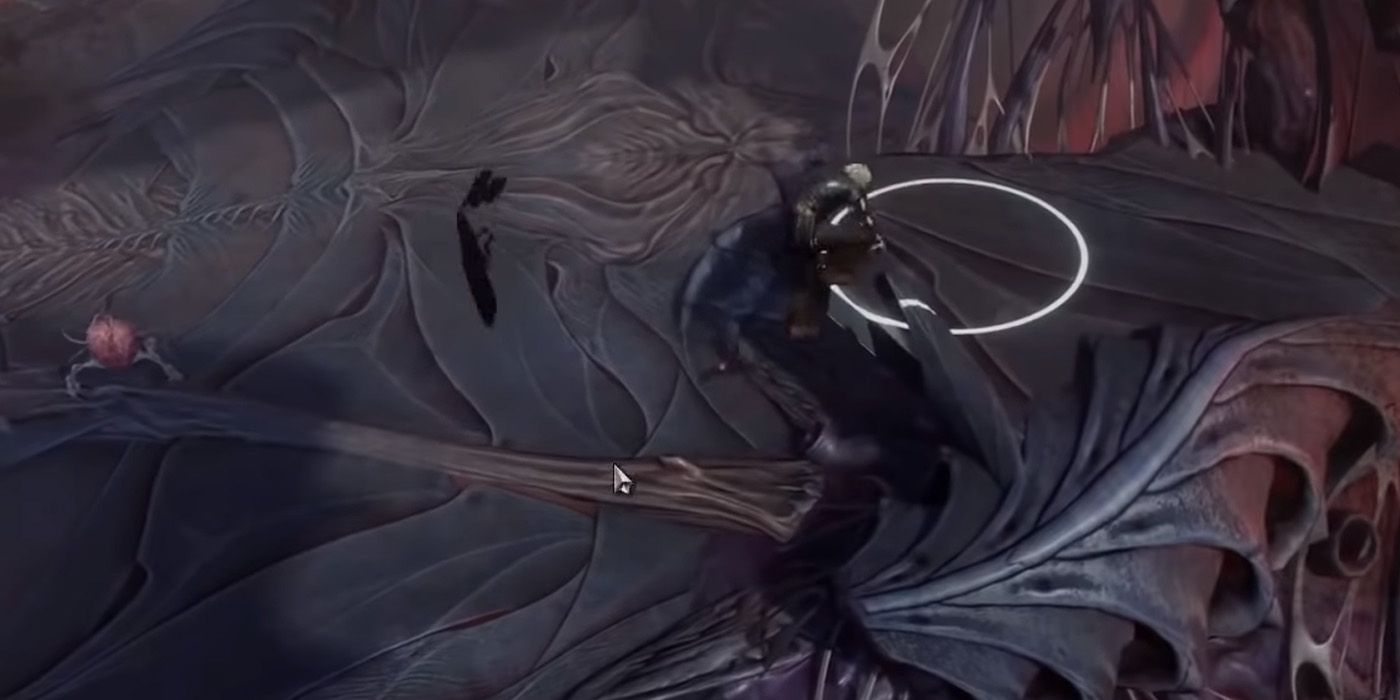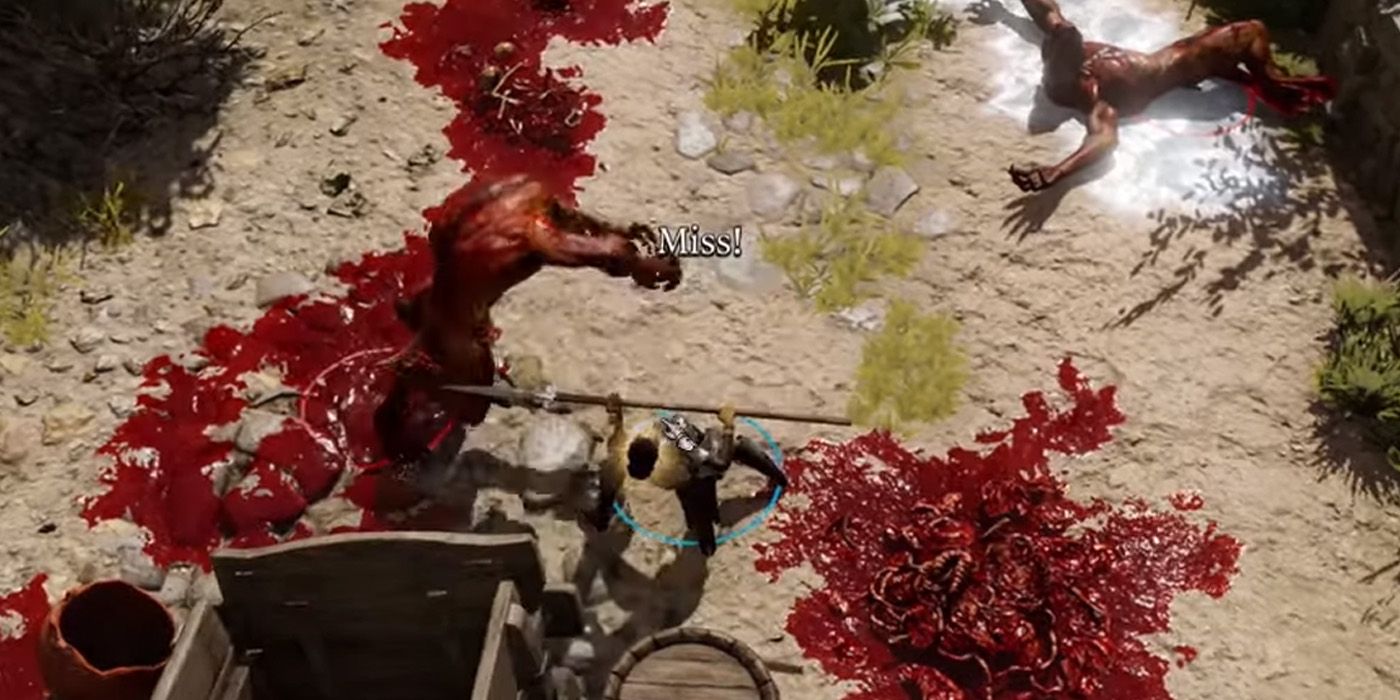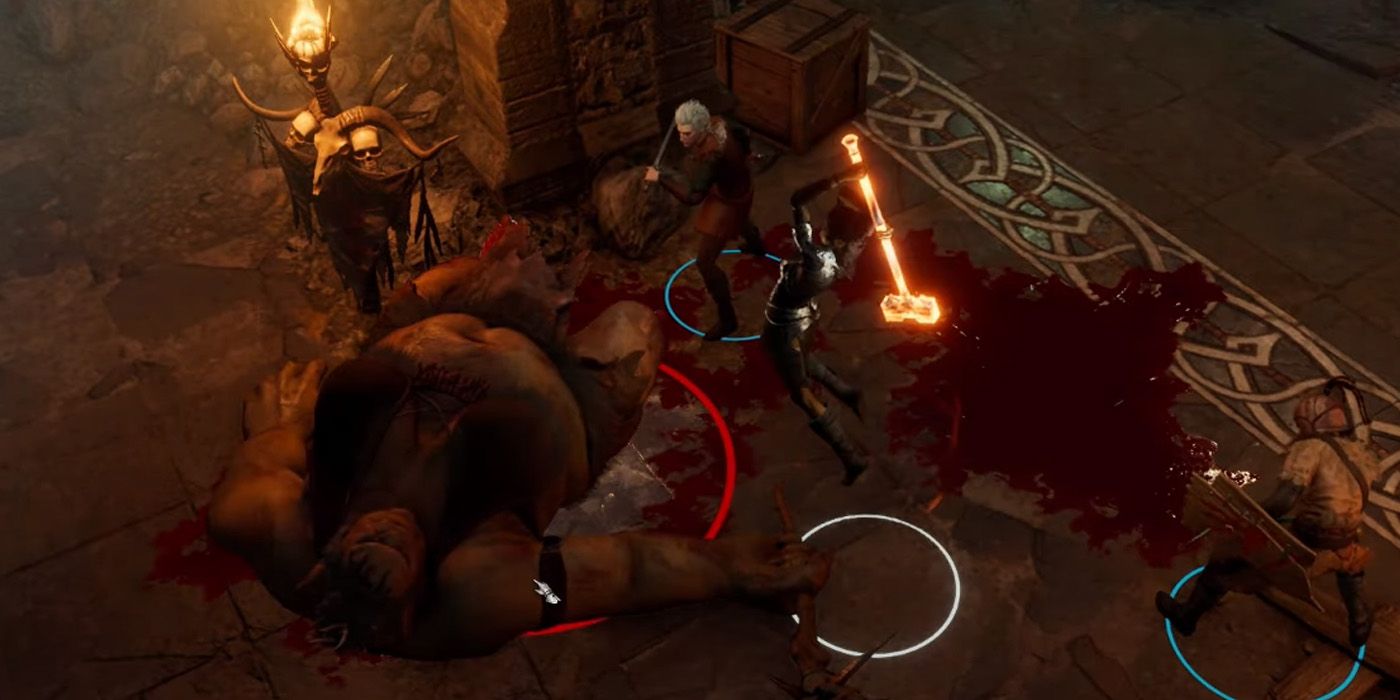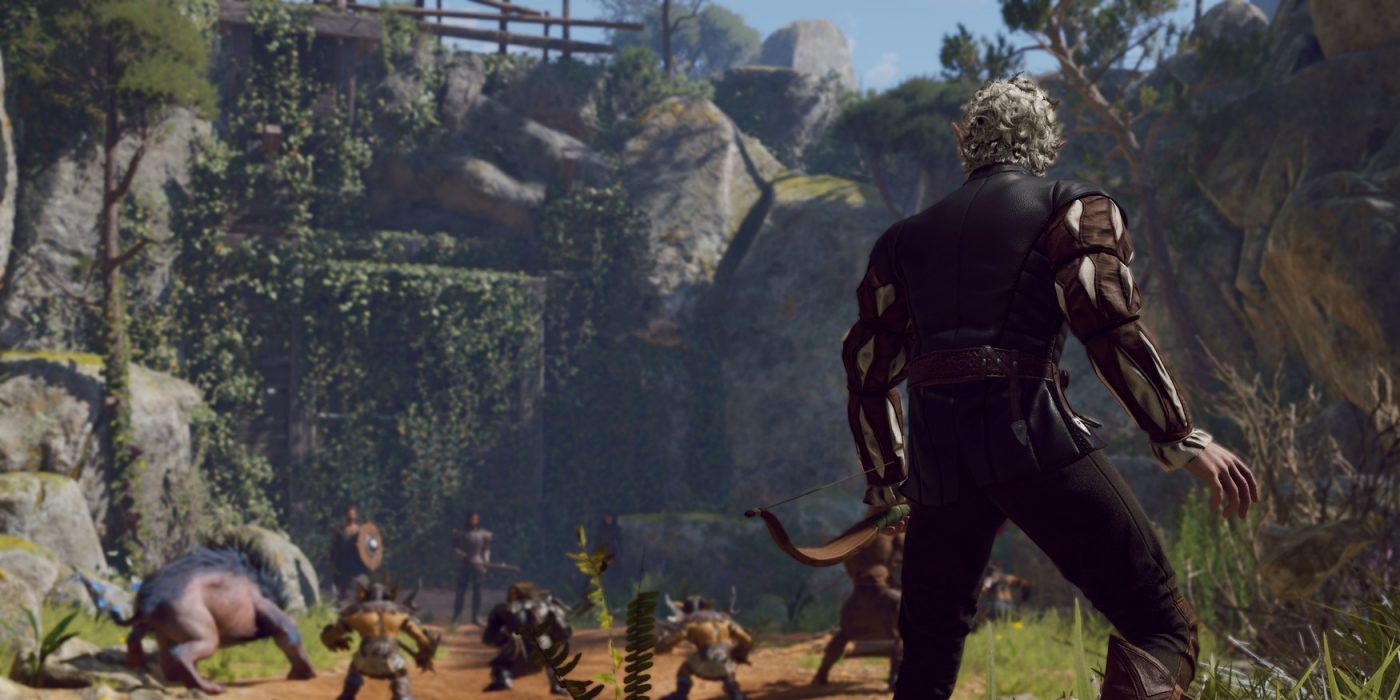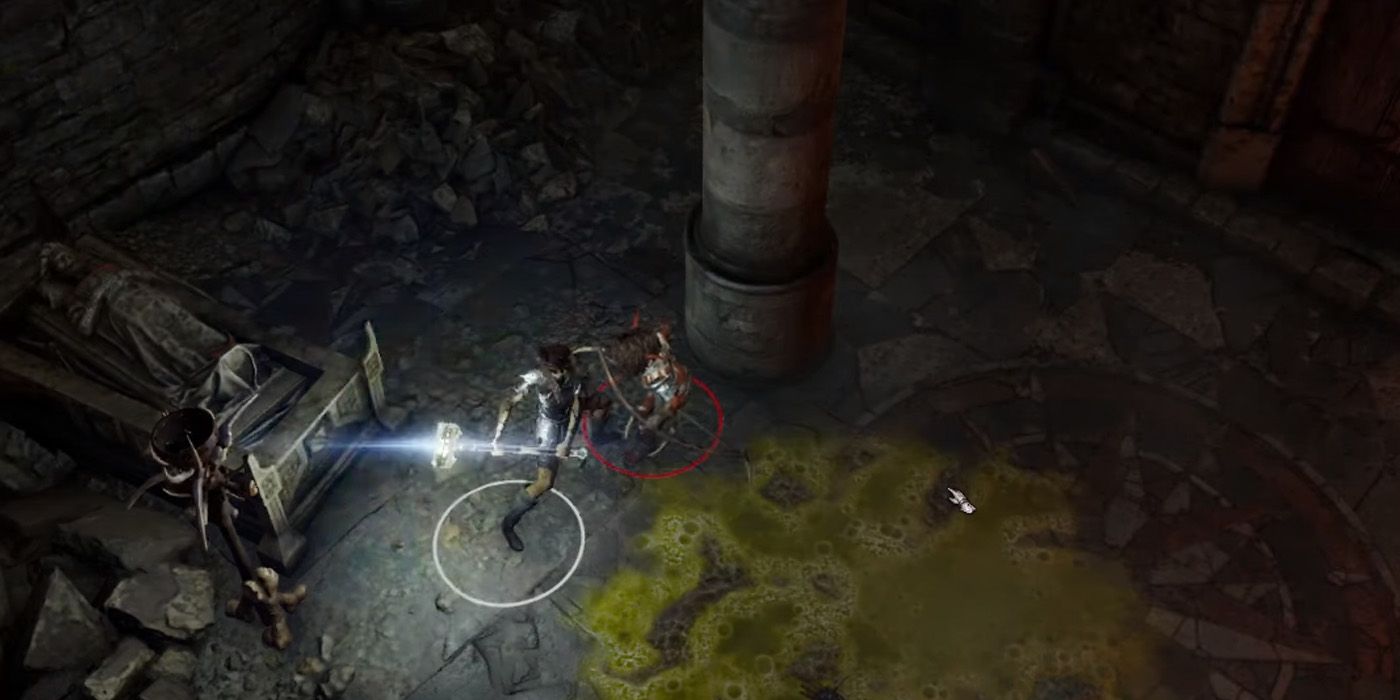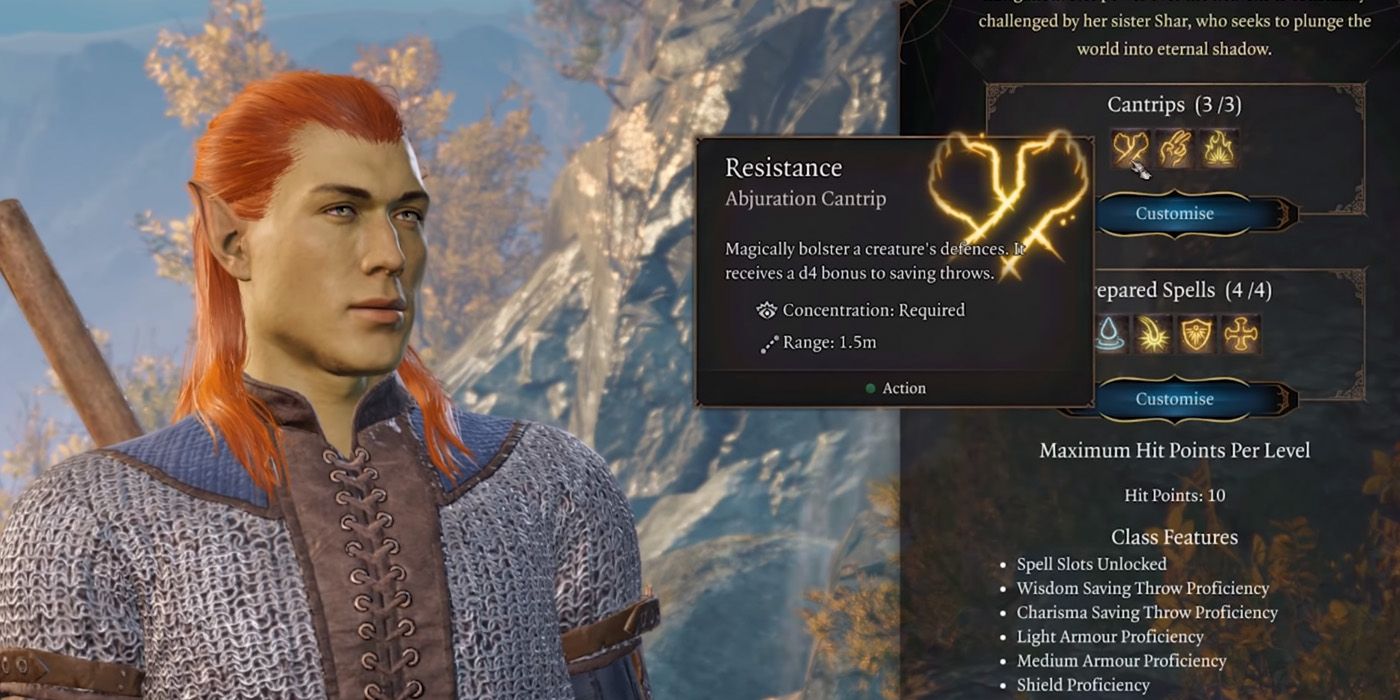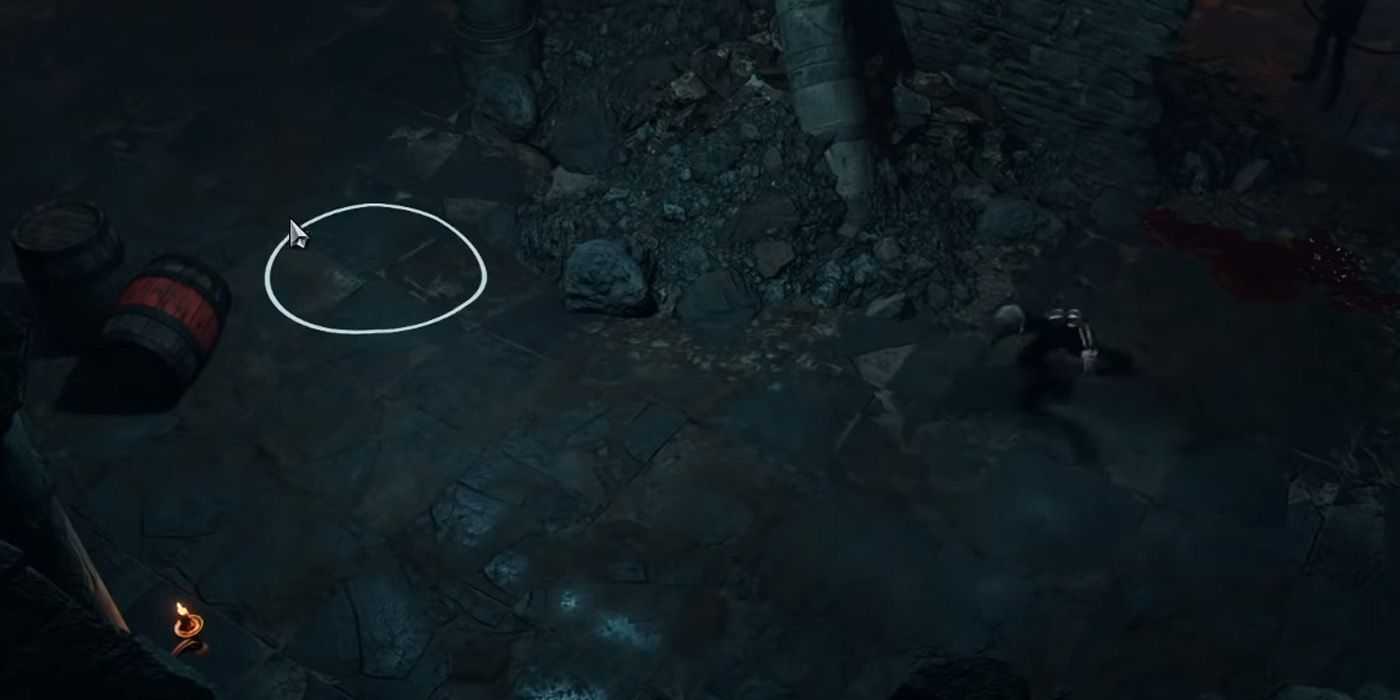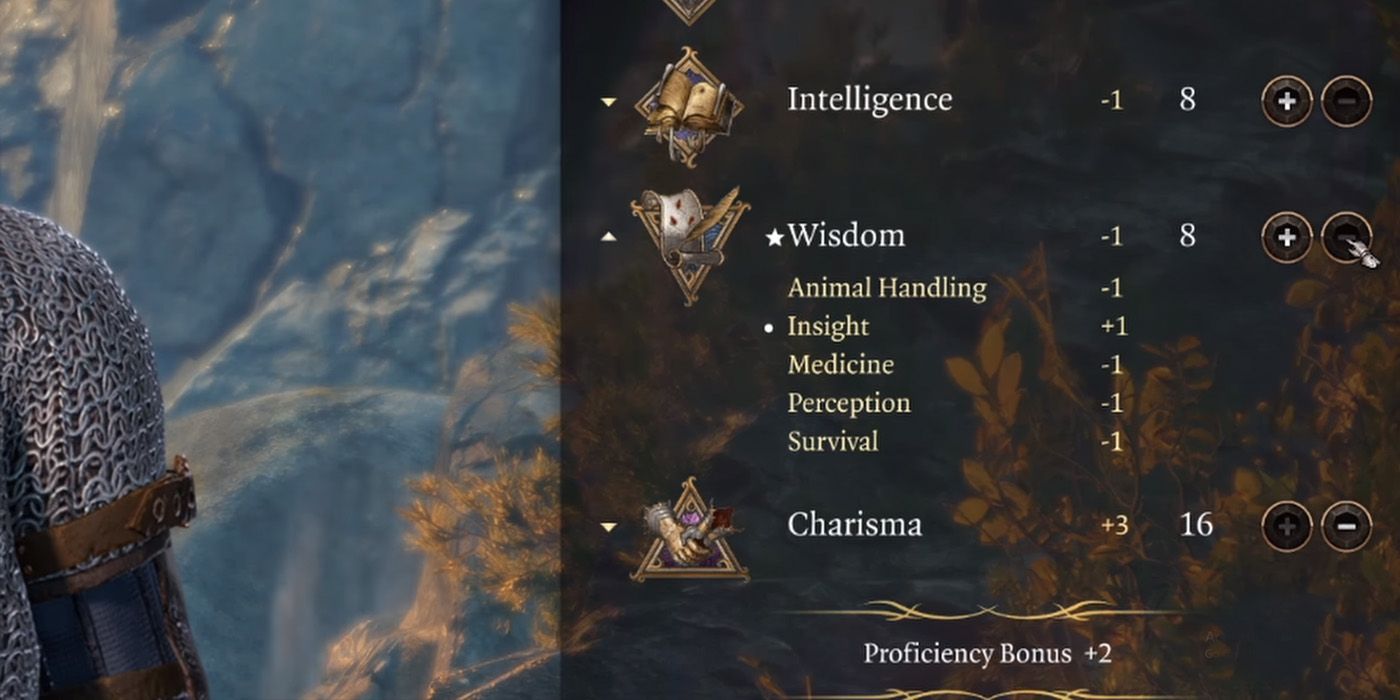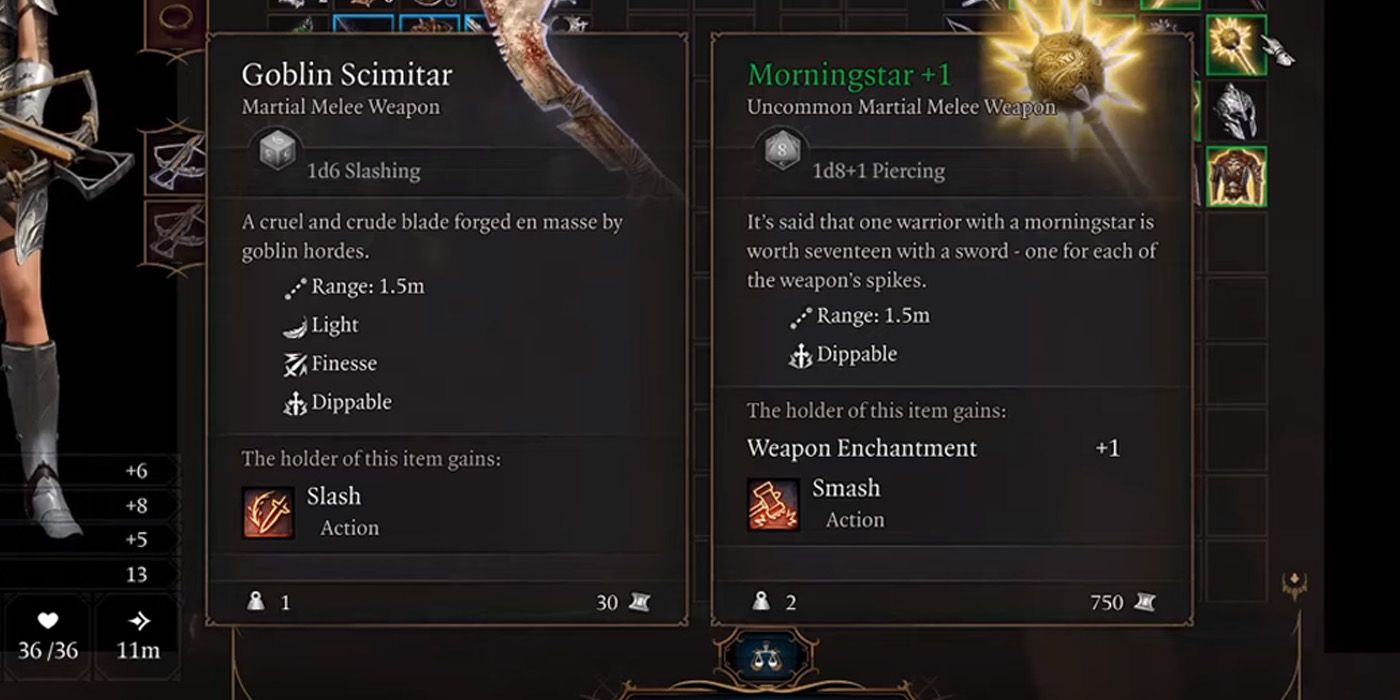As Baldur's Gate 3 follows standard Dungeons & Dragons 5e rules, both D&D players and newcomers should pay close attention to character progression. Essentially, characters not only receive new Class Features that reflect their growth in their chosen Class. In traditional D&D, players get the option to choose between making an Ability Score Improvement (ASI) or a Feat for their character. To clarify, getting an ASI allows players to assign new points to Abilities to further improve their character's base stats. However, Feats grant special perks to their characters.
Moreover, similar to Class Features, Feats often come with various effects that players can mix and match with their builds. Thankfully, BG3 also adopts most of the Feats from D&D 5e into the game. However, for players who prefer to use Feats for their characters, there might be some "ordinary" Feats worth considering.
10 Ability Improvements
Perhaps players might want to focus on character growth instead of adding to their abilities. In that case, they might find a better use of their Feats in the form of Ability Improvements (AI). Unlike D&D, BG3 includes AI (their version of ASI) under the list of Feats. With AI, characters can get +2 Ability points to any Attribute of their wish.
Unlike other Feats, the AI serves as an extremely straightforward way towards character progression. For Spellcasters, an AI can greatly increase the potency of their Spells. Moreover, characters can use an AI to improve their chances on Saving Throws against effects (e.g., Dexterity and Wisdom), or even improve on lower stats in general.
9 Athlete
At first glance, Athlete doesn't seem like a useful Feat. After all, if all Athlete does is give +1 Strength or Dexterity, why should players bother? Interestingly, it's the part that makes prone recovery cost less movement that makes all the difference.
In D&D 5e, standing up from being prone costs half a character's speed. Despite how BG3 reduces this cost, being prone can severely become a disadvantage to any character. Given how BG3 has limited action options, having free movement without being prone can help players escape certain doom.
8 Defensive Duelist
In combat, safety is everything - and in the case of BG3 and D&D 5e, reliant on Armor Class (AC). Essentially, the game calculates AC based on a set AC provided by the armor - with bonuses, if said armor falls under Light or Medium Armor. Meanwhile, Classes with Unarmored Defense features (e.g., Barbarians, Monks) simply calculates AC based on their DEX Mod. Shields and protection Spells such as Shield can boost AC.
Interestingly, Defensive Duelist can also give AC a slight boost. With this Feat, players can use their Reaction to give their AC a slight bonus when being attacked in melee. Despite how this only works once per turn, foregoing the chance to do an Opportunity Attack to defend against an attack can become a lifesaver against bosses.
7 Great Weapon Master
Melee combatants such as the Fighter, Barbarian, and Paladin often opt for two-handed weapons if they want a more aggressive approach in combat. After all, most Great Weapons often have higher base attacks compared to a sword-and-shield combo. However, these melee geniuses might want to maximize their damage potential with the Great Weapon Master Feat.
The Feat grants certain perks to Great Weapon users. For starters, critical hits (a natural 20) or killing blows allow the character to perform a follow-up attack as an additional action. However, its second perk does come at a risk. Players with this Feat that use a Great Weapon they're Proficient in will get -5 penalty on their attack rolls in exchange for +10 damage. Interestingly, this +10 may be tempting for min-maxers who want to go "all-or-nothing" on their power builds.
6 Lightly Armoured
Taking up the Lightly Armoured Feat gives characters a +1 boost to Strength or Dexterity, as well as Light Armor Proficiency. In turn, this Feat allows players to wear Light Armor such as Leather Armor, Padded Armor, and Studded Armor variants. Interestingly, Early Access Classes except the Wizard get Light Armor Proficiency on the get-go, making this Feat seemingly-useless. However, upcoming Classes such as the spellcaster Sorcerer might appreciate this add-on.
For instance, the Sorcerer has no Armor Proficiencies. Unless they want to suffer Ability Check Disadvantages by wearing armor they're not proficient in, Clothes remain their best choice in BG3. Unfortunately, Clothes only form an AC of 10 + DEX Mod. With Light Armor Proficiency, a Sorcerer can wear Light Armor, which gives them a default 11AC to 13AC + DEX Mod. Moreover, if they put the Feat's bonus into Dexterity, they may potentially increase both their AC and their ability to do DEX Saving Throws.
5 Martial Adept
Players might doubt the Martial Adept Feat as it only gives players access to two Battle Master (BM) Maneuvers and one Superiority Dice to use them. However, players need to remember that there may be around 20+ BM Maneuvers in both D&D and BG3 for them to use.
For instance, a BM can use this Feat to increase their arsenal of Maneuvers on the get-go. After all, they initially only start with three Maneuvers and end up with a total of nine by 15th Level. With Martial Adept, they at least get 11 Maneuvers they can play around with in combat.
Interestingly, melee-reliant Classes such as the Barbarian, Monk, Paladin, or Rogue may benefit from specialized attacks and movements this Feat can provide. For instance, Bait And Switch let the user change positions with a willing target. Moreover, Feinting Attack grants them an Advantage to their next attack.
4 Magic Initiate: Cleric
Players who have non-healer characters will likely pick a Cleric as a companion for the rest of their BG3 journey - so why even Magic Initiate in a Class someone is already fulfilling? Essentially, it's never a bad decision to invest a Feat into healing abilities, as players never know when to use healing in an emergency.
Ideally, Resistance (+d4 to Saving Throws) and Guidance (+d4 to any Ability Check) easily trumps other Cantrips due to their usefulness inside and outside of combat. Moreover, Cure Wounds (Heal for 1d8+2 HP) can save allies in emergency situations.
In turn, Wisdom-oriented Classes such as Druids, Monks, and Rangers, or characters with relatively high Wisdom can benefit from this Magic Initiate Feat.
3 Mobile
Tacticians would appreciate being able to run around the battlefield and use it to their full advantage. Thanks to the Mobile Feat, a character not only gets a speed boost but other perks as well. For instance, the Mobile Feat no longer slows a character if they Dash on difficult terrain. However, the Mobile Feat shines when used in combat.
Thanks to this Feat, players can make a move action after making a melee attack without provoking an Opportunity Attack from the target. Essentially, Mobile foregoes the need to take the Disengage action as it replaces it with a handy hit-and-run strategy - perfect for nimble Rangers and Rogues.
2 Skilled
In BG3 and other RPGs, it's combat that usually separates players in between relevant parts of the story. However, for a roleplaying-intensive game, a balanced skillset can greatly benefit players and their party in the long run. Thanks to the Skilled Feat, a character gets Proficiencies in any three Skills of their choice.
Such a change matters greatly for any player, as their characters may not necessarily find certain Skills their strong suits. Spellcasters would need Proficiency in STR-based or DEX-based Skills to at least circumvent any negative bonuses from them.
Moreover, fighters-at-heart would likely need INT-based or CHA-based Skills to be able to navigate through conversations better.
1 Weapon Master
Most Classes might not see any use for the Weapon Master Skill, as they most likely have Proficiency in a useful type of weapon anyway. However, spellcasters and characters with a limited pool of weapons might want the Weapon Master to give them a better edge when choosing a trusty weapon in combat.
Thanks to Weapon Master, characters not only get DEX+1 or STR+1, they also become Proficient in any four weapons of their choosing. This Feat can help the more fidgety Wizard into wielding more complex weapons that can help them dish out better melee damage.

